A map of mouse development from conception to birth tracks 12.4 million cells at single-cell resolution as they mature into organs and other tissues.
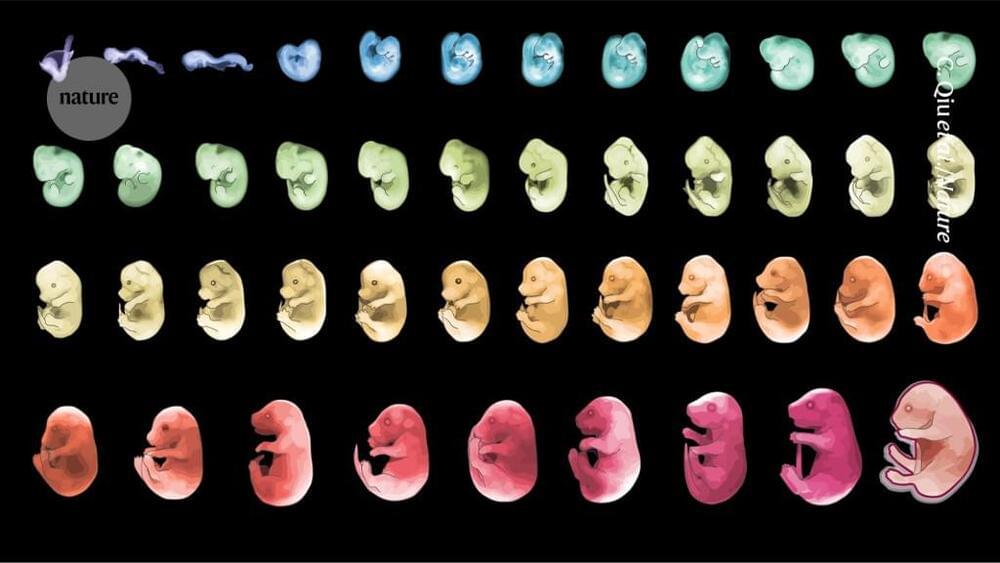


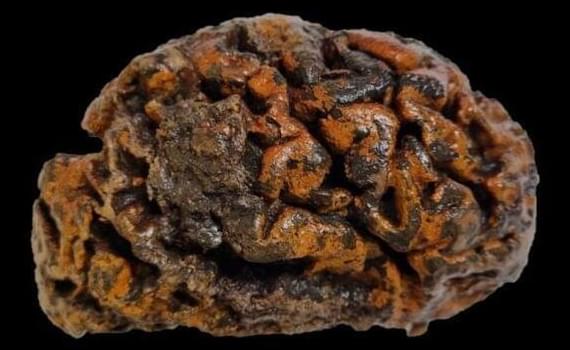
The human brain, it turns out, can be surprisingly resistant to the ravages of time.
A new study has cataloged human brains that have been found on the archaeological record around the world and discovered that this remarkable organ resists decomposition far more than we thought – even when the rest of the body’s soft tissues have completely melted away.
Led by molecular taphonomist Alexandra Morton-Hayward of the University of Oxford, a team of scientists has identified more than 4,400 preserved human brains, dating back as far as 12,000 years ago. The results contradict previous evidence that the human brain is among the first organs to decay after death.


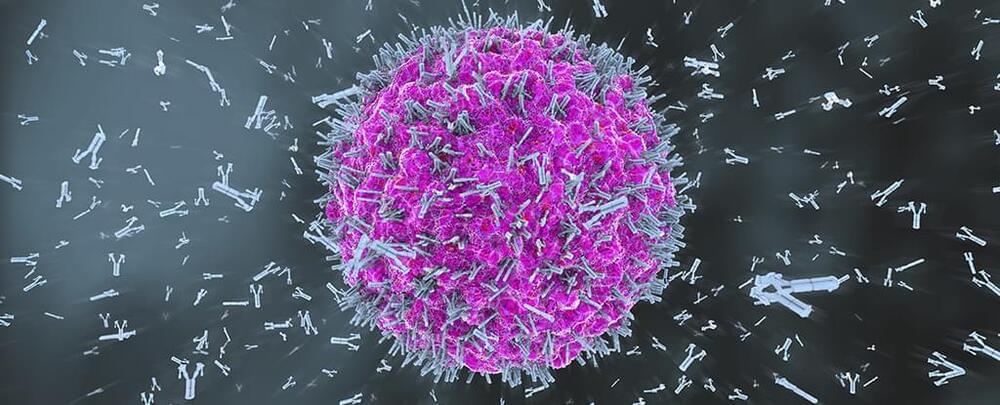
Our immune system is talented at telling the difference between the chemistry of our own body and that of an invading pathogen. When it malfunctions, our body can become host to an intense civil war.
Scientists are keen to understand this in more detail, and a newly identified ‘switch’ that deactivates a sensor of foreign DNA may provide important insight.
A key part of this discovery, made by a team from the Swiss Federal Institute of Technology Lausanne, is an enzyme called cyclic GMP-AMP synthase (cGAS).

The best-known byproduct of ultrasound—so named because its frequencies exceed the range of the human ear—is, in fact, not audio but visual: 2D imagery, often of a fetus maturing in the womb. But ultrasound has also found a place in other corners of the medical realm, from assessing blood flow to examining suspicious lumps and diagnosing disease.

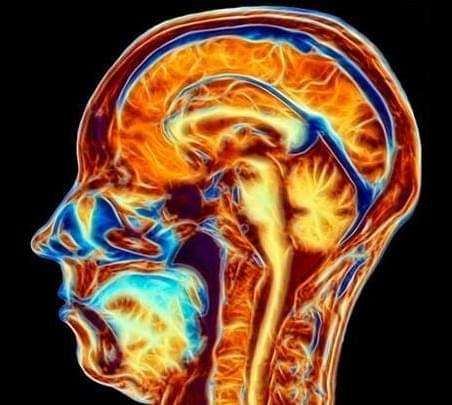
Our brains change more rapidly at various times of our lives, as though life’s clock was ticking faster than usual. Childhood, adolescence and very old age are good examples of this.
Yet for much of adulthood, the same clock seems to tick fairly regularly. One lap around the Sun; one year older.
However, there may be a stage of life when the brain’s clock starts speeding up. The brain starts changing without you necessarily noticing it. It may even be caused (partly) by what’s in your blood.
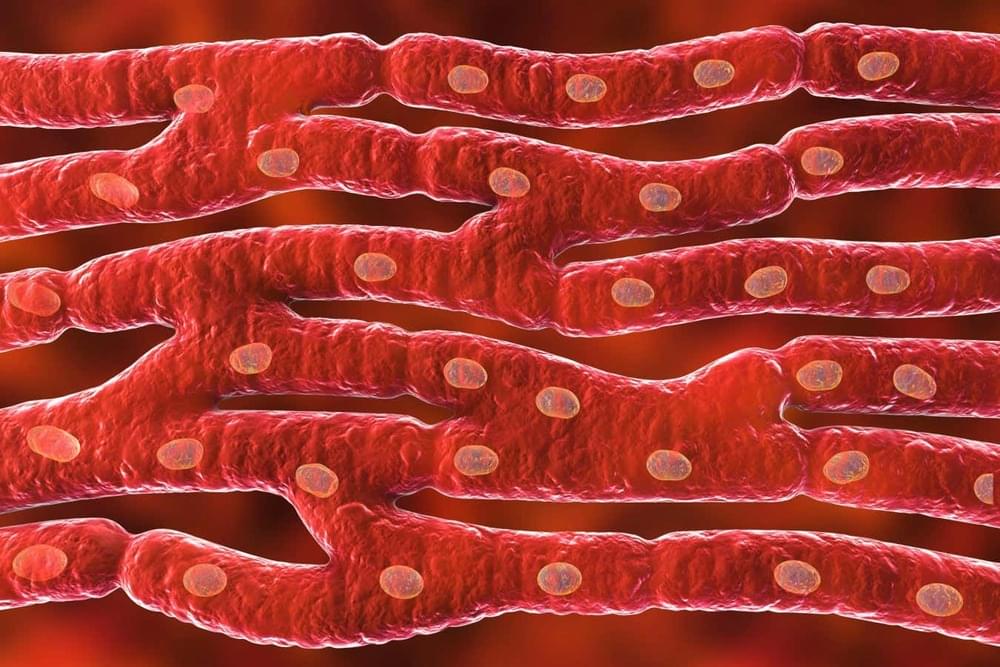
A combination of widely available antibiotics may be able to treat heart failure after researchers found that the therapy regenerates heart cells in animals.
By Grace Wade